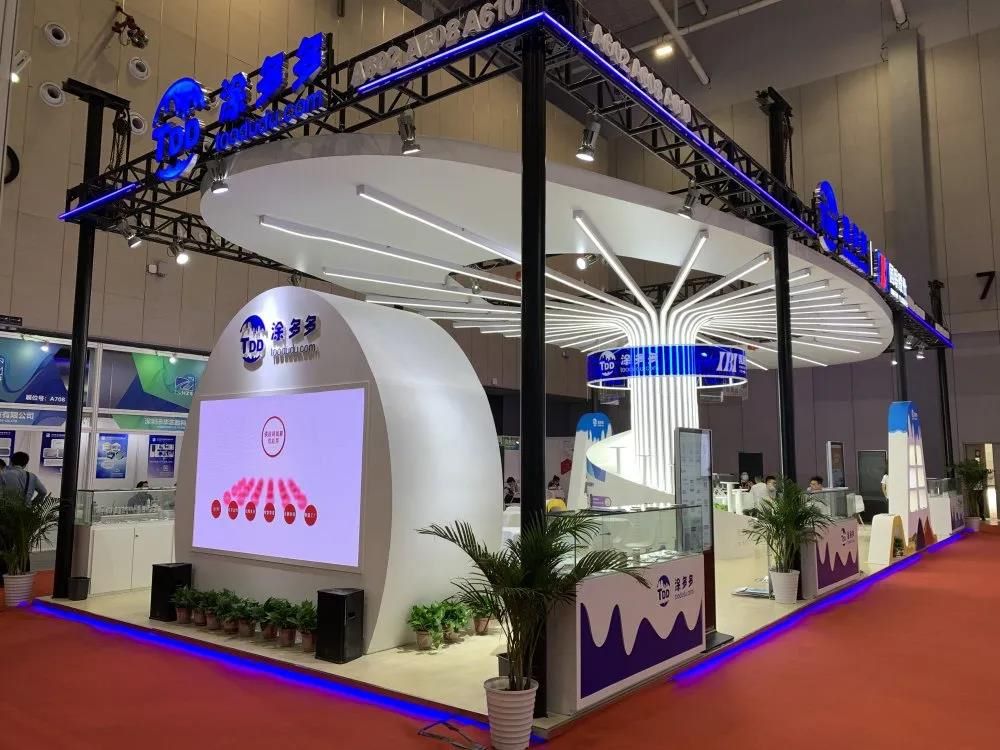Deciding on High-Performance Tires: Key Factors
In the automotive aftermarket, high-performance tires are like shining stars, attracting the attention of many car owners. There are many types of performance tires on the market, each with its own emphasis on wet grip, dry handling, wear resistance, etc., to meet the diverse needs of different drivers.
However, high-performance tires are not a "master key", and whether they are suitable for your car needs to be carefully considered from multiple dimensions.
For drivers who are keen on off-road, tires with high traction and excellent tread wear resistance are undoubtedly a favorite. This type of tire usually adopts a special tread pattern design and rubber formula, which can firmly grasp the ground under complex road conditions such as mud and sand, provide strong driving force and grip for the vehicle, and help the driver conquer the wilderness.
But on the other hand, due to the large tread blocks and high rubber hardness of this type of tire, the rolling resistance will increase significantly, resulting in increased fuel consumption during driving. Taking a medium-sized SUV as an example, after replacing off-road high-performance tires, the fuel consumption per 100 kilometers may increase by 1-2 liters. In the long run, the fuel cost should not be underestimated.
In the rainy season or when there is water on the road, vehicles are prone to hydroplaning, which seriously threatens driving safety. At this time, choosing a high-performance tire with both high traction and excellent braking performance is like installing a safety guard for the vehicle.
This type of tire can quickly drain the water between the tire and the ground through a unique drainage groove design and rubber formula, maintaining effective contact between the tire and the ground, thereby improving the stability and braking performance of the vehicle.
Studies have shown that high-quality wetland high-performance tires can shorten the braking distance of vehicles on wet roads by 10%-15%, greatly reducing the probability of accidents. However, when driving on dry land, this type of tire may pay too much attention to wetland performance, resulting in a slight decrease in the response speed and accuracy of dry land control.
Some drivers who pursue the ultimate driving experience are willing to sacrifice fuel consumption and ride comfort in order to obtain better road control. Competitive high-performance tires have become their first choice. This type of tire has a high hardness on the sidewall, which can effectively reduce the deformation of the tire when cornering at high speed, making the steering response of the vehicle more sensitive and accurate, allowing the driver to clearly perceive every subtle change in the road surface and enjoy the driving pleasure of the unity of man and vehicle.
However, the high-hardness sidewall will also directly transmit the bumps and vibrations of the road to the car, reducing the ride comfort, and due to the large rolling resistance, the fuel economy of the vehicle will also be greatly affected.
In addition, the vehicle model is also a key factor in determining the adaptability of high-performance tires. The suspension system and power output of high-performance sports cars and high-performance SUVs are fundamentally different from those of ordinary family cars.
The tires equipped by the original factory for high-performance models have undergone a lot of testing and adjustment, and are perfectly matched with the overall performance of the vehicle.
If high-performance tires are installed on family cars with ordinary power and suspension systems, not only will the performance advantages of the tires not be fully utilized, but the mismatch between the tires and the vehicle may also cause the vehicle's handling to deteriorate and even affect driving safety.
Moreover, the price of high-performance tires is usually 2-3 times that of ordinary tires, and the cost of replacement and maintenance in the later stage is high. Car owners also need to consider economic factors when choosing.











